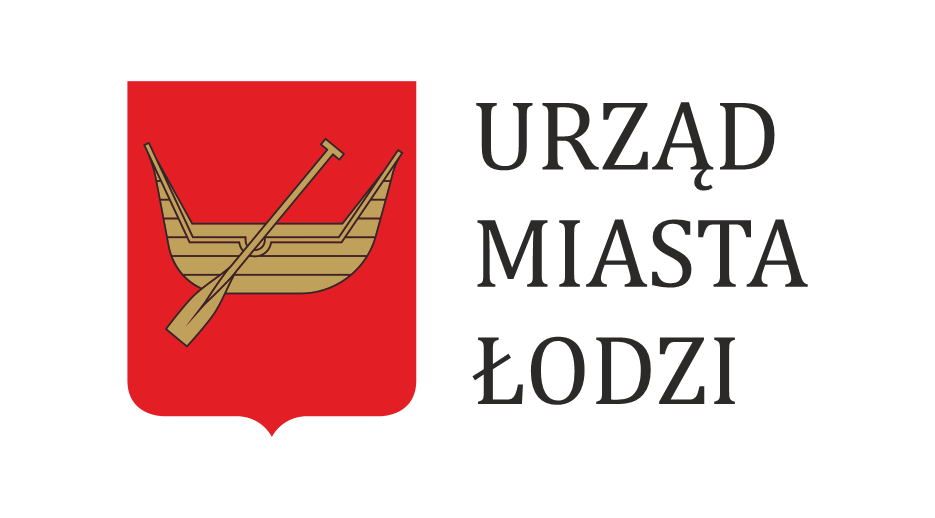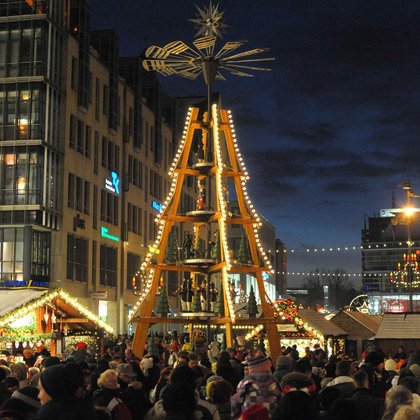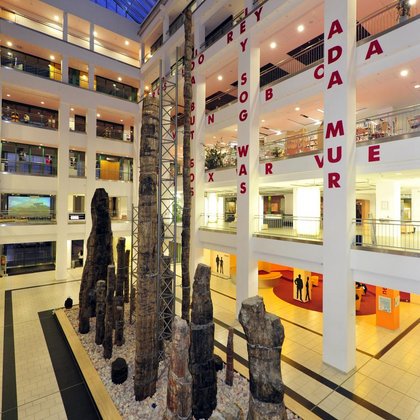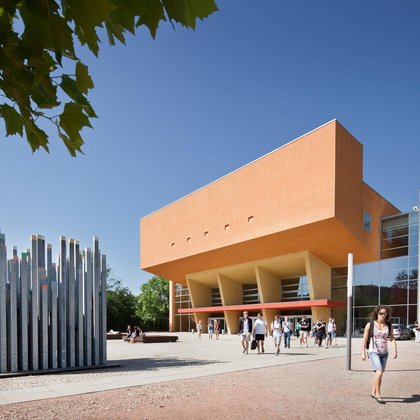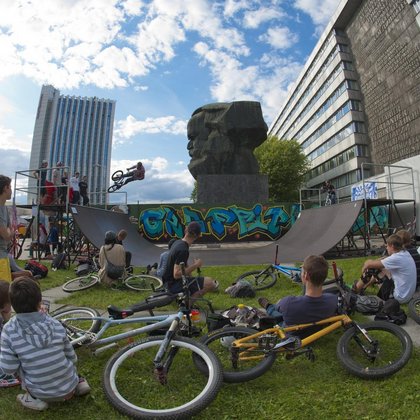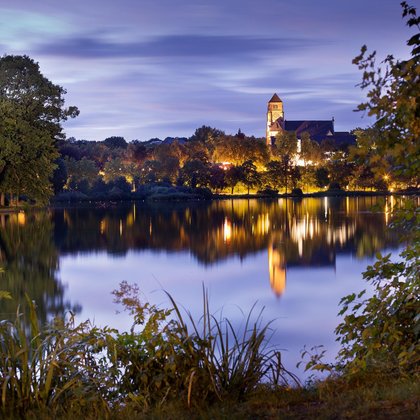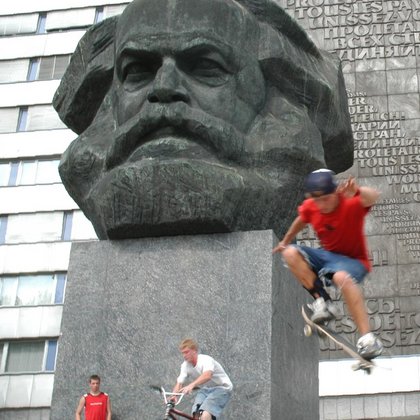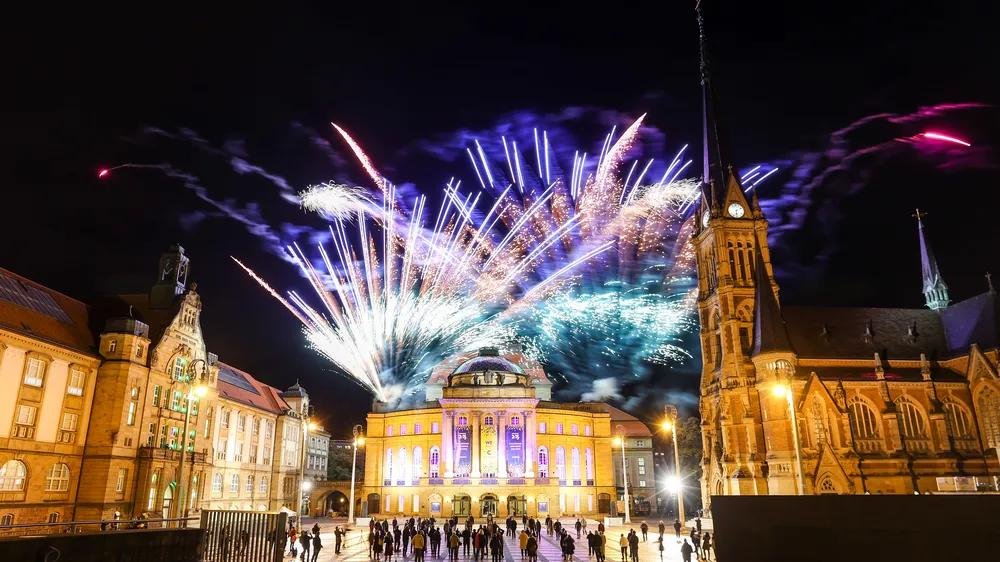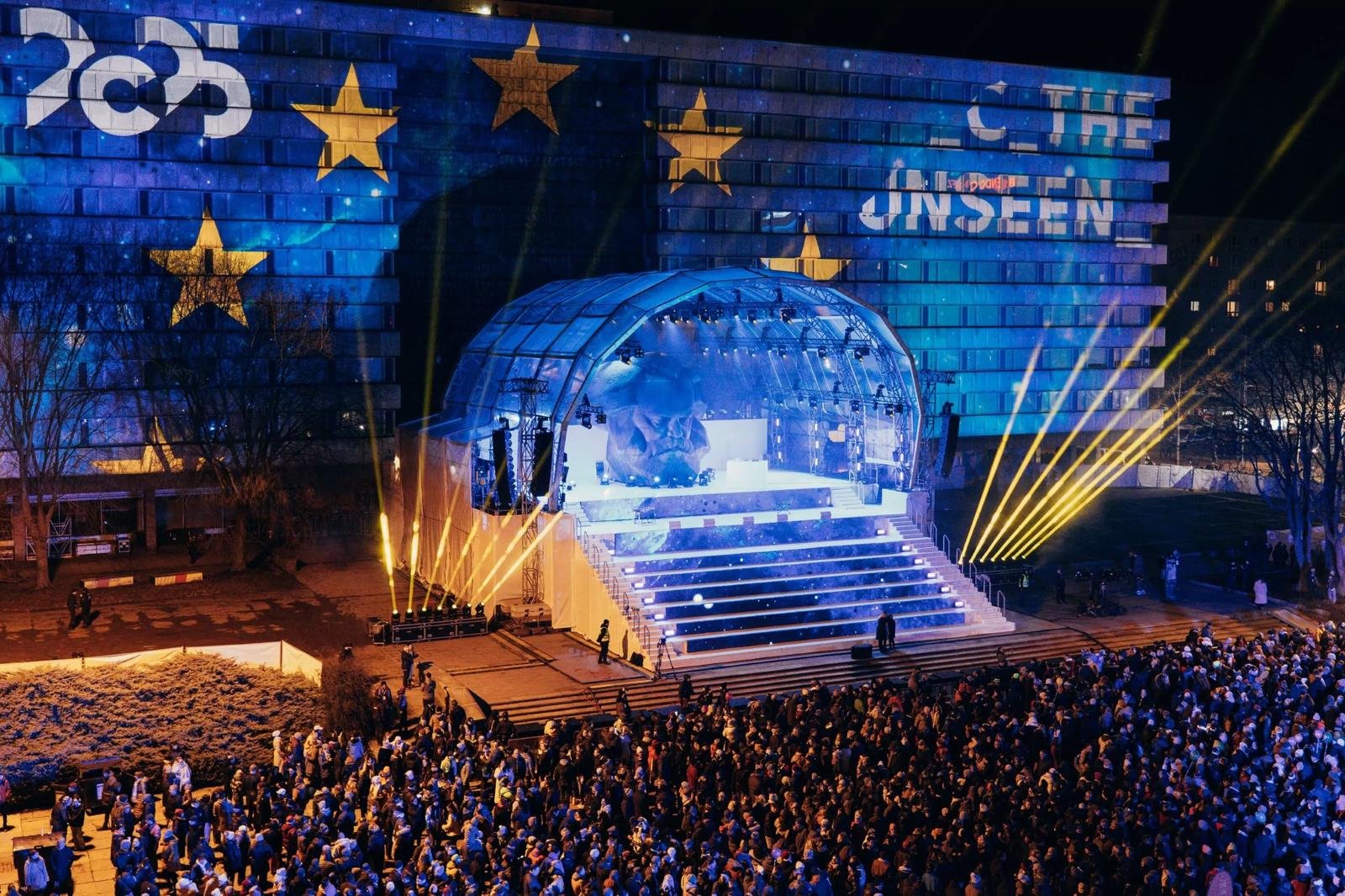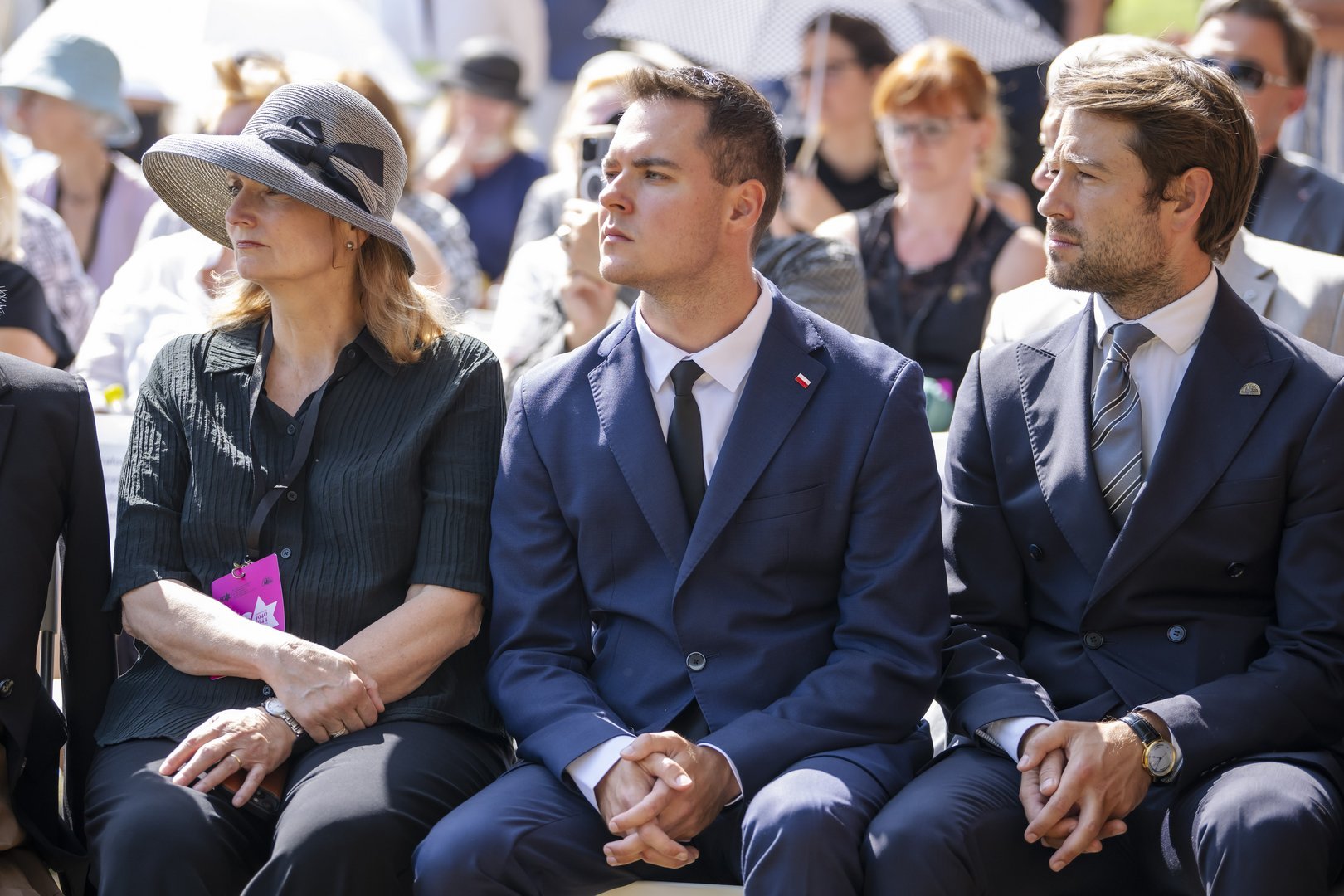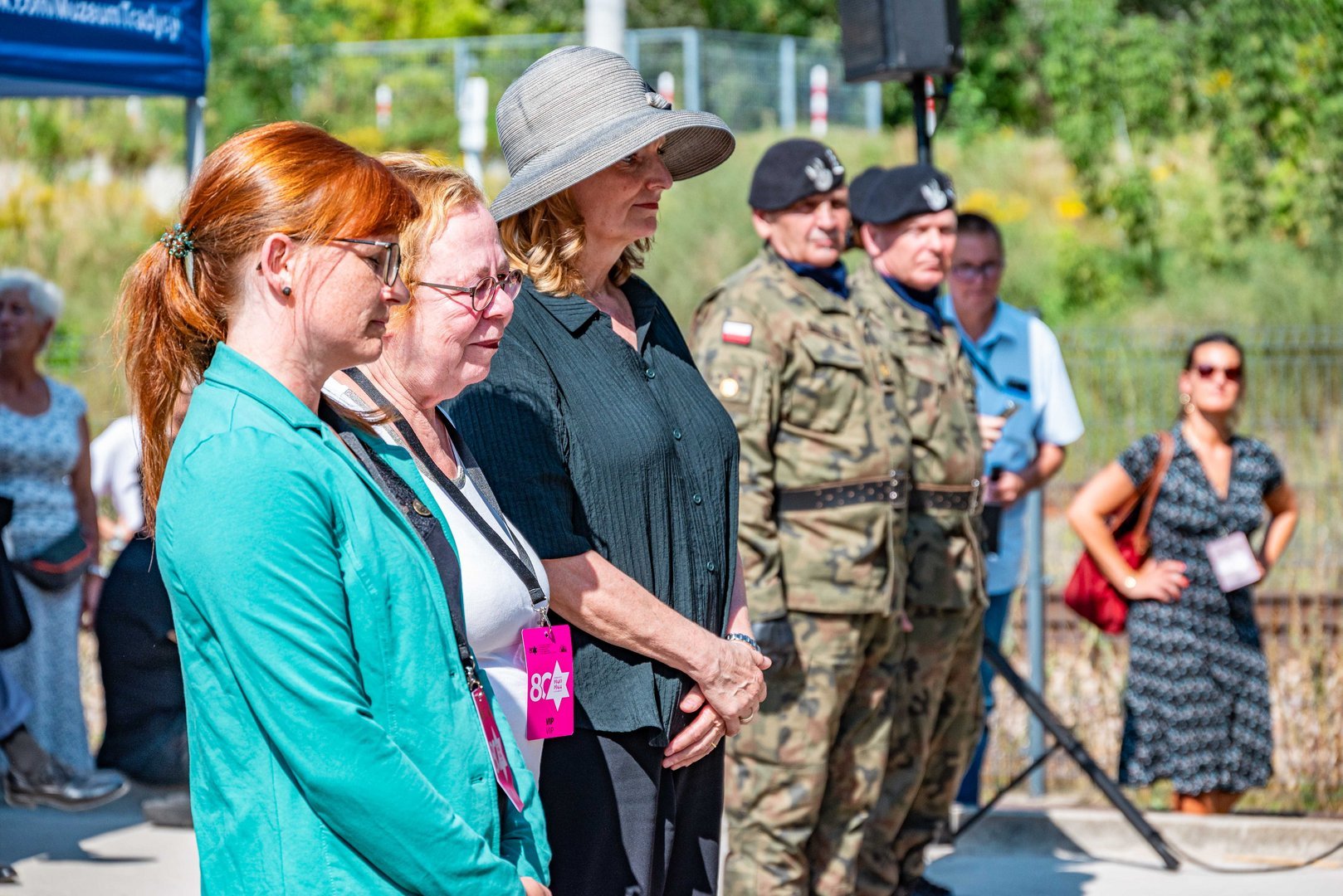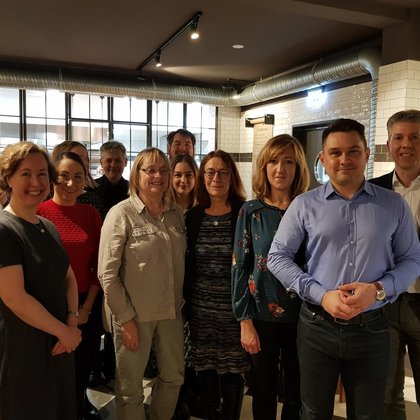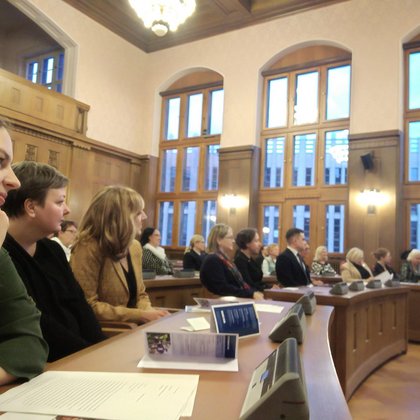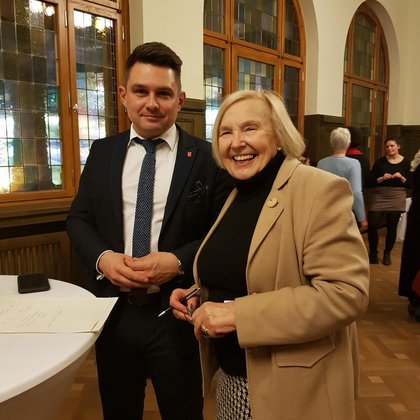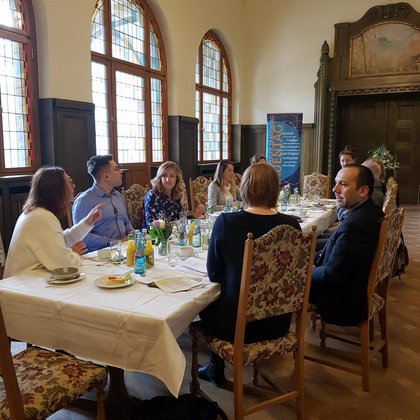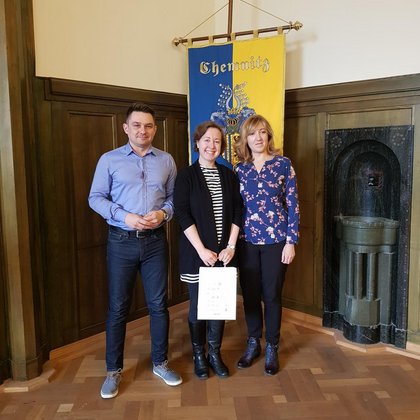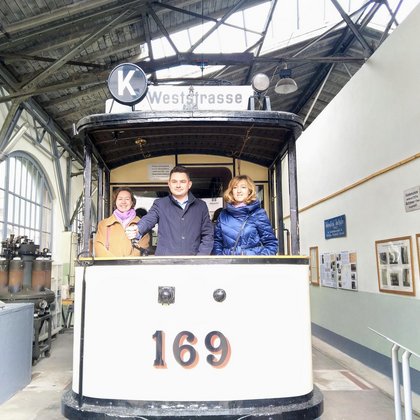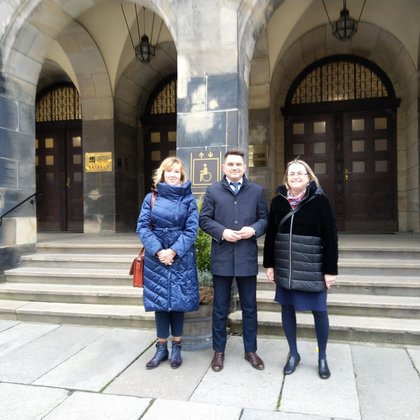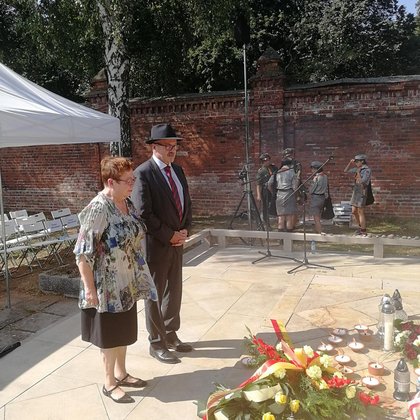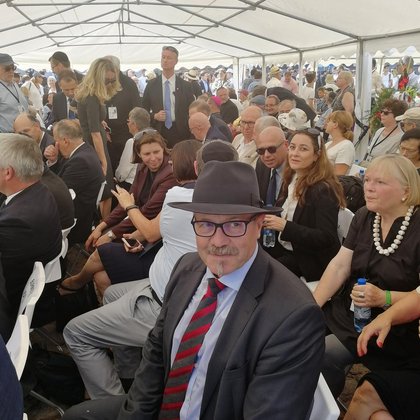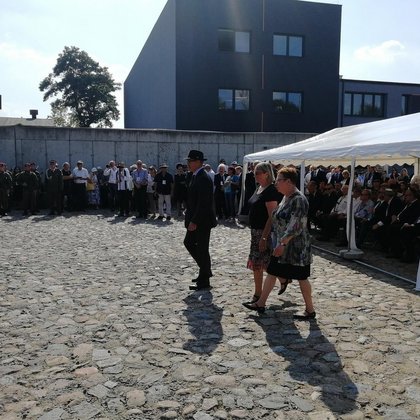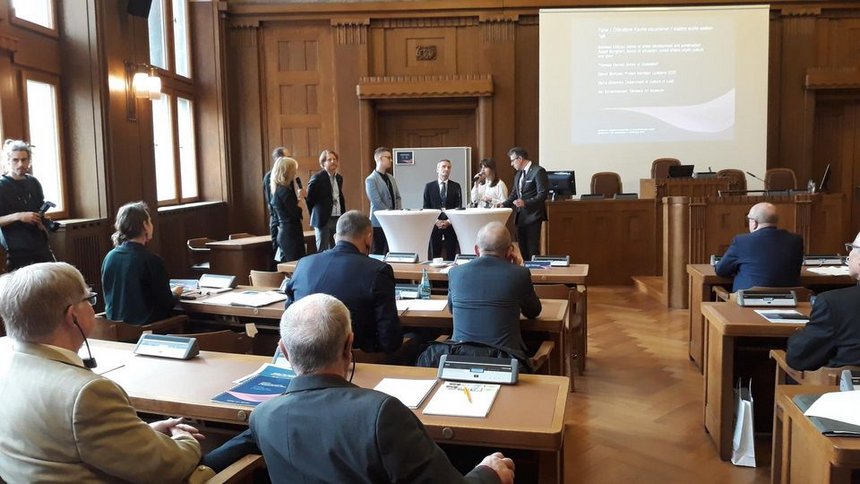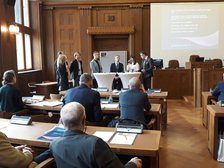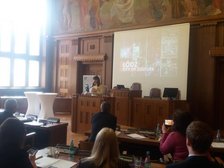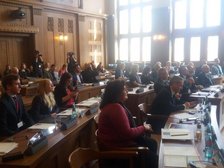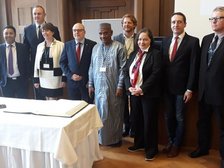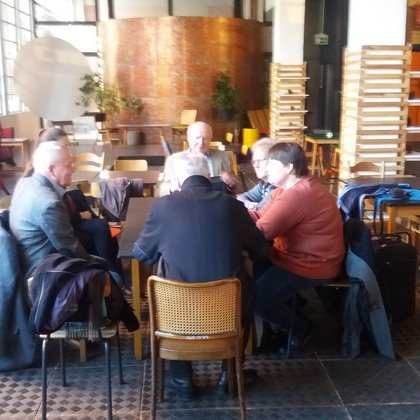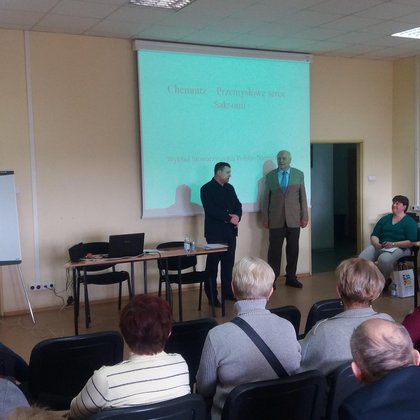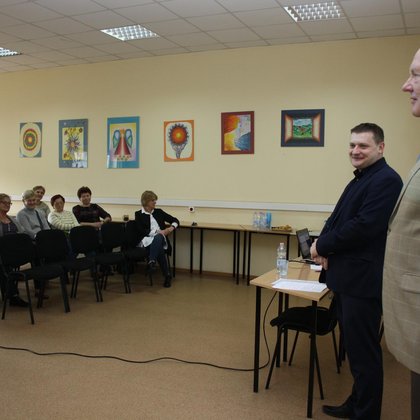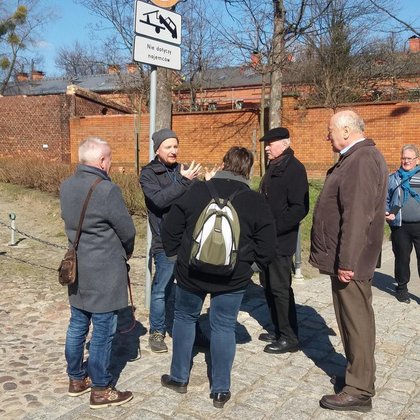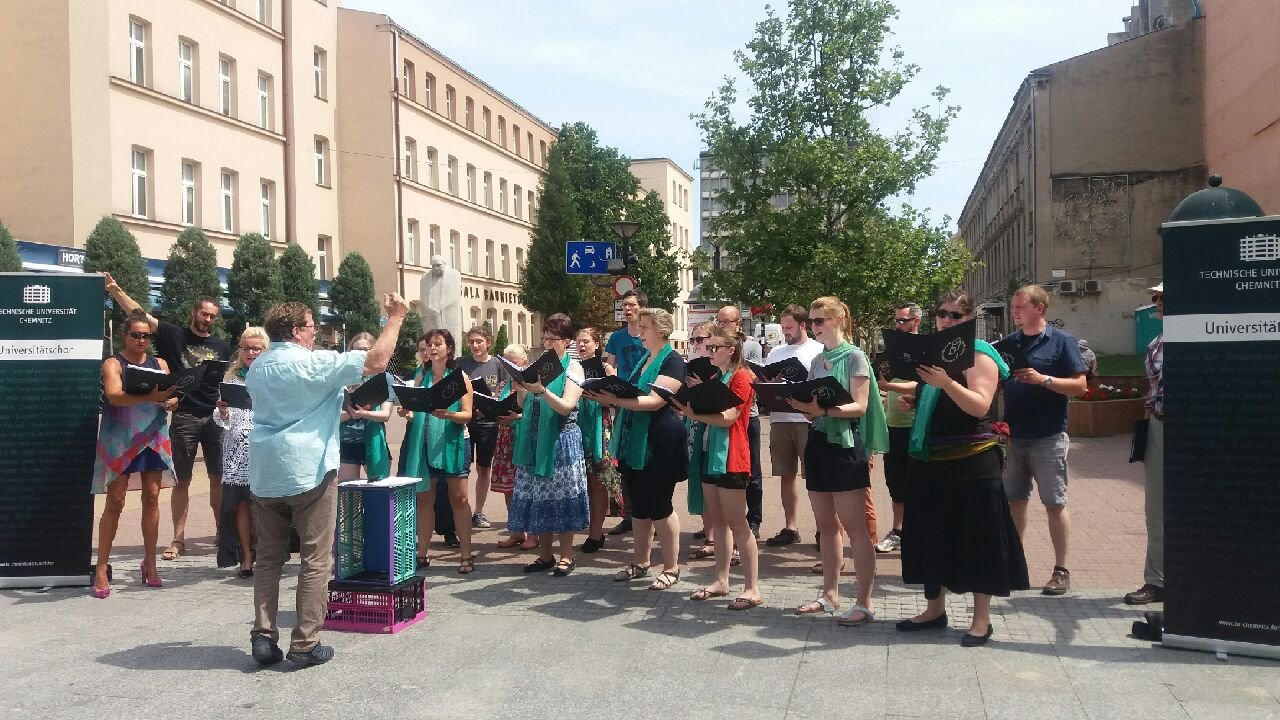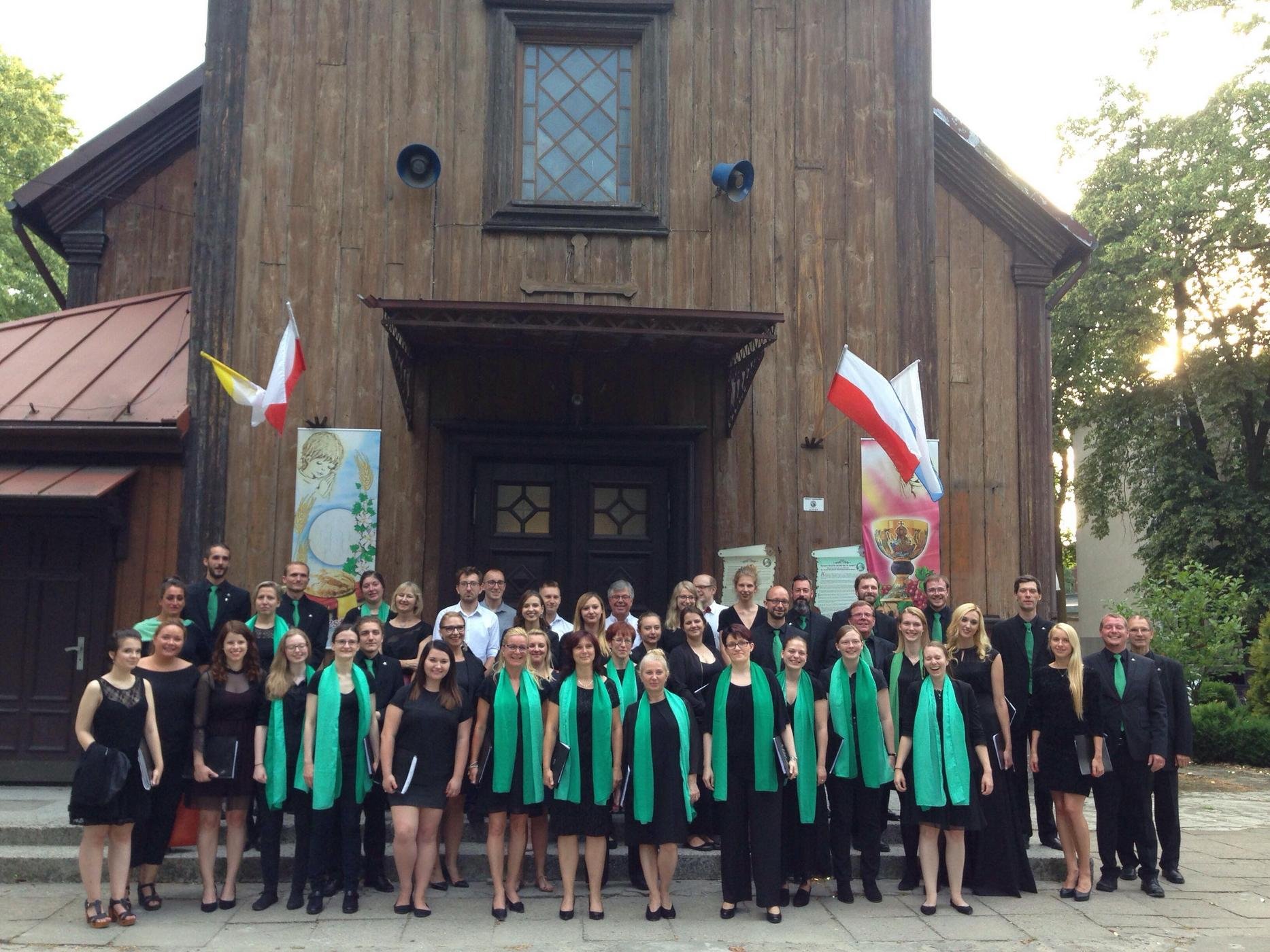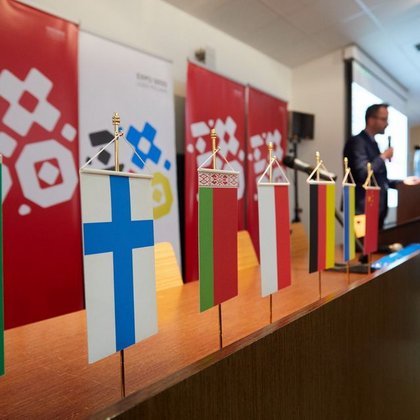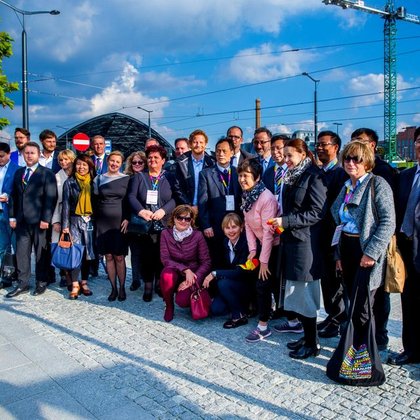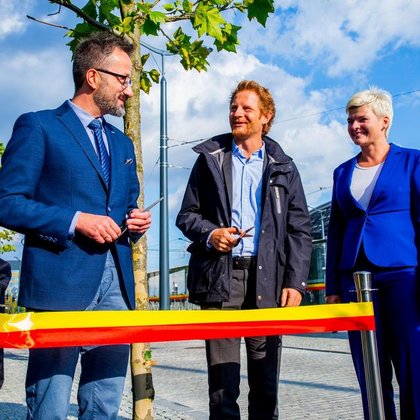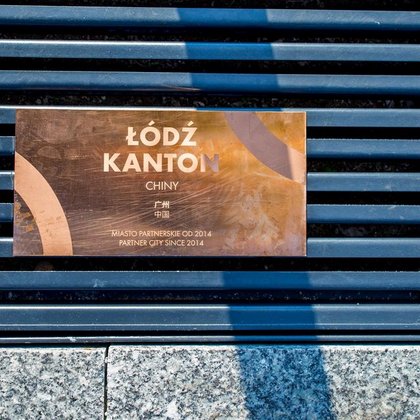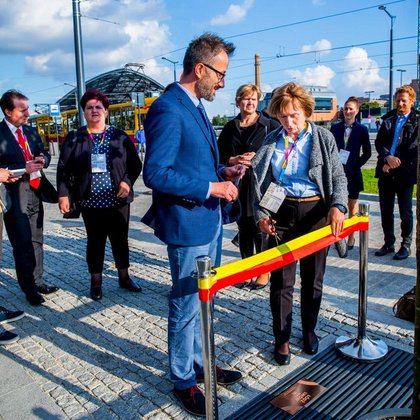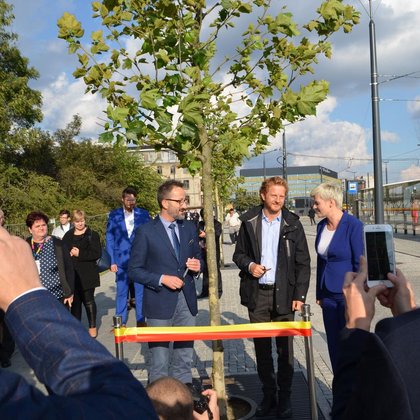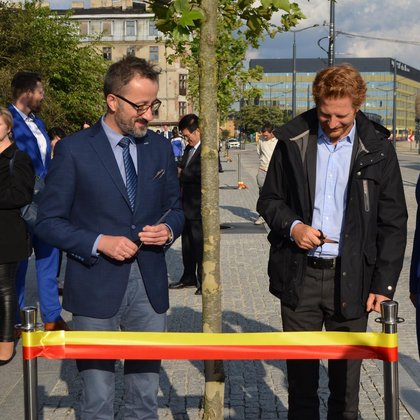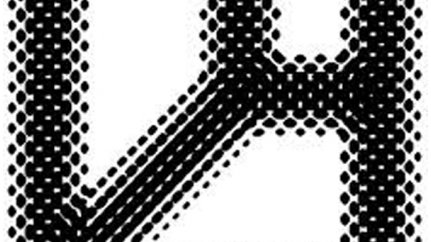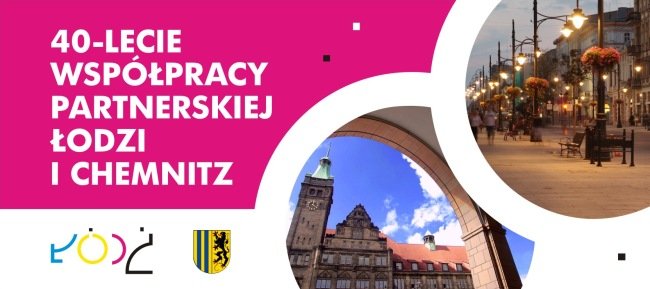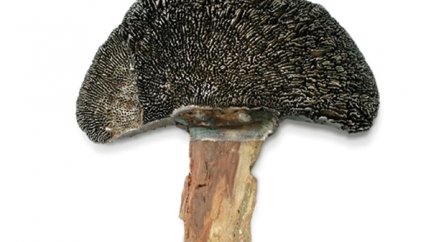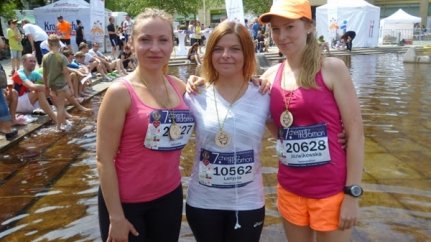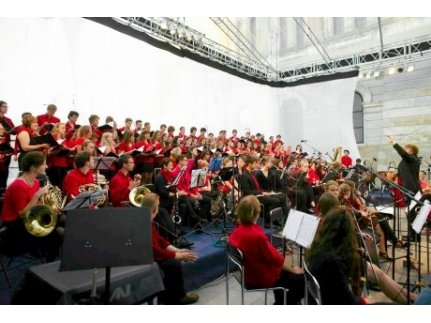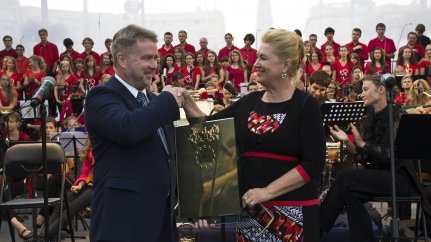The grand opening was made by the Mayor of Chemnitz for Personnel, Finance and Organizational Affairs Sven Schulze. During the conference, Ms Daria Głowacka from the Department of Culture of the City of Łódź gave a presentation "Łódź. City of Culture ”, which concerned the experiences of Łódź from applying for the title of European Capital of Culture 2016.
The program of the event included numerous workshops and panel discussions in which delegates from Łódź took an active part. Also were organized study visits to cultural institutions located in Chemnitz. Parallel to the conference of partner cities, took place at the EUROCITIES Cultural Forum. The representative of Łódź at the Forum was Ms Ewa Sobocińska from the Department of Strategy of the Łódź City Office.
The beginnings of Chemnitz date back to the first half of the 12th century, and more specifically to the year 1136, when Emperor Lotar III founded the Benedictine monastery in the current city. Some time later, a small settlement formed around the temple, which over the years grew into a significant commercial center - its founder was Frederick I Barbarossa. In 1255, the first mention appeared in the documents (obtaining city rights). Until 1308 Chemnitz was a free city, then it came under the rule of the aristocratic Wettin family. The monopoly on canvas whitening they introduced gave the city a boom. The steel industry also played an important role in the economic life of the town. In 1399, the first mention of the town hall appeared (probably existed earlier). In the fourteenth century, the city was flourishing thanks to the weaving industry. In 1539 a reformation was introduced in Chemnitz. The secularized monastery was rebuilt into the Wettin castle. Until the 17th century, the city was ruled in turn by Georgius Agricola and Atlas Crusius.
In 1831, the first elections to the municipal representation took place. After 1873, Chemnitz became an important center of the cotton industry - also known as the Saxon Manchester. The city was destroyed twice; once by the British-American bombing in 1945, and then by the architecture of socialism for the second time. After this destruction, the city center of Chemnitz was never fully rebuilt. In the years 1953-1990 it was called Karl-Marx-Stadt (city of Karl Marx) in honor of the creator of Marxism. A reminder of those times is located in the city center weighing nearly 40 tons and 7 meters high statue of Karl Marx by Lion Kerbel. After the reunification of Germany (3rd October 1990), the famous architects Helmut Jahn, Christoph Ingenhoven and Hans Kollhoff designed completely new downtown structures in line with the modernist trend. The city itself has invested over 50 million, all investors over EUR 500 million, in a new center. Hence the famous term Chemnitz as Stadt der Moderne or city of modernism.
